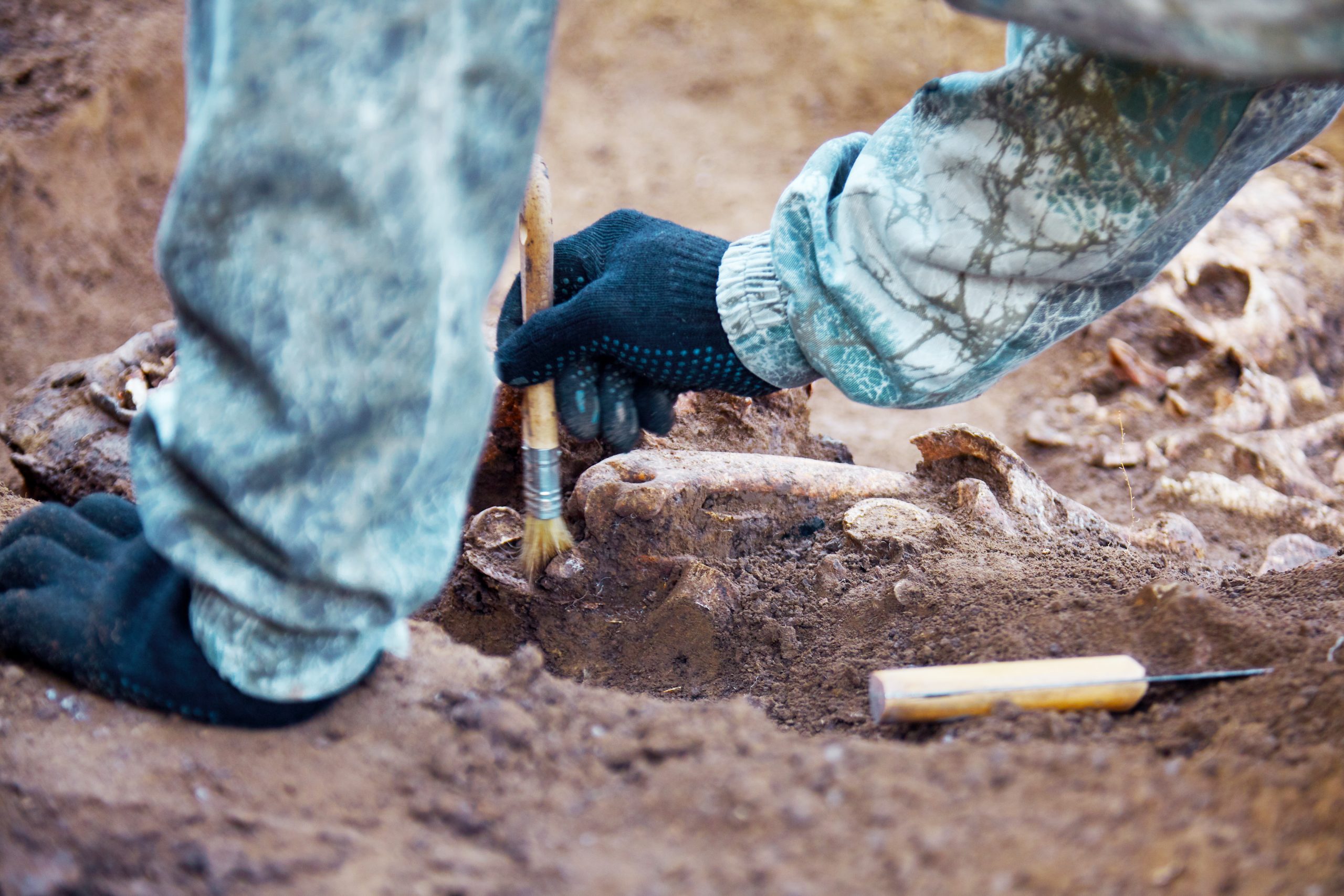Significant Archaeological Find In Miami From A 7,000-Year-Old Settlement at New Construction Site

For the last 18 months, archaeologists have been excavating at a new development site on the Miami River, where developer Related Group plans to build three residential towers.
Researchers claim to have discovered a significant archaeological discovery at the location, including 7,000-year-old relics and other proof that the area was once occupied by prehistoric people.
One of the towers will include Baccarat Residences Miami. Ancient artifacts and fossils found at the site are giving researchers a glimpse into a civilization that once thrived along the river. One of the earliest populations in the region is thought to have been the Tequesta people.
Will Pestle, a bioarchaeologist and University of Miami Professor stated “There is a very important ceramic phase of this site so there is pottery, broken pieces of pottery, there are stone tools, arrowheads, projectile points, abundant animal remains, deer and fish, but there are also remains of sharks. There are remains of giant sea turtles, remains of whales, remains of an extinct kind of seal, the West Indian monk seal.”
The Miami Professor also stated that the site could date back to as early as 7,000 years which he states is older than the pyramids in Egypt and Colosseum in Rome.
The site is significant and they believe it to be "potentially eligible for listing in the National Register of Historic Places based on criterion D, that it contains well-preserved cultural deposits that could contribute to our knowledge of prehistoric subsistence and settlement patterns," according to a 2021 report submitted to the city by Archaeological and Historical Conservancy, Inc. Additionally, the location has human remains that fall under Chapter 872.05 of the Florida Statutes.
According to the group, archaeologists have "collected cultural material" that includes "tools and jewelry made of stone, shell, and bone. Ecofacts contain animal teeth and bones as well as shells that indicate food waste.
According to the paper, "Other elements of importance include wood, seeds, and charcoal. Historical artifacts include some items connected to European interaction, most likely Spanish artifacts from the seventeenth and eighteenth centuries. The objects connected to Miami's American settlers from the nineteenth century are among the additional historical items.
Pestle also stated, “Let’s design the buildings in such a way that what is there can be preserved and seen by the public visiting, so when you walk into that Baccarat hotel, which is going to be on the parcel that is currently being excavated, you can see through a glass floor and you can see the ancient remnants of this city."
On April 4th the Historic and Environmental Preservation Board is meeting to discuss the importance of the findings as well as the procedures that were followed in the excavation.